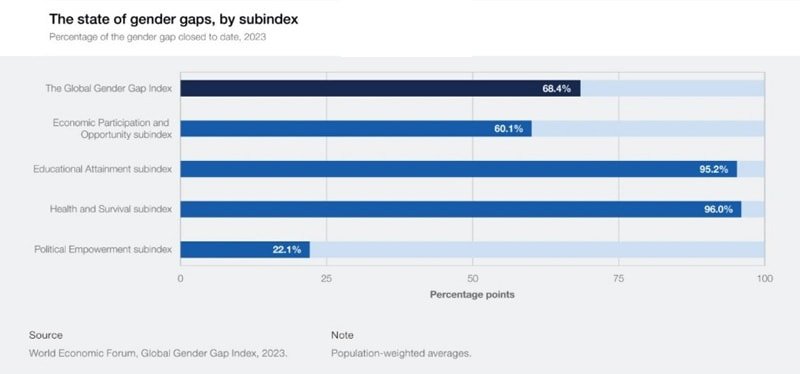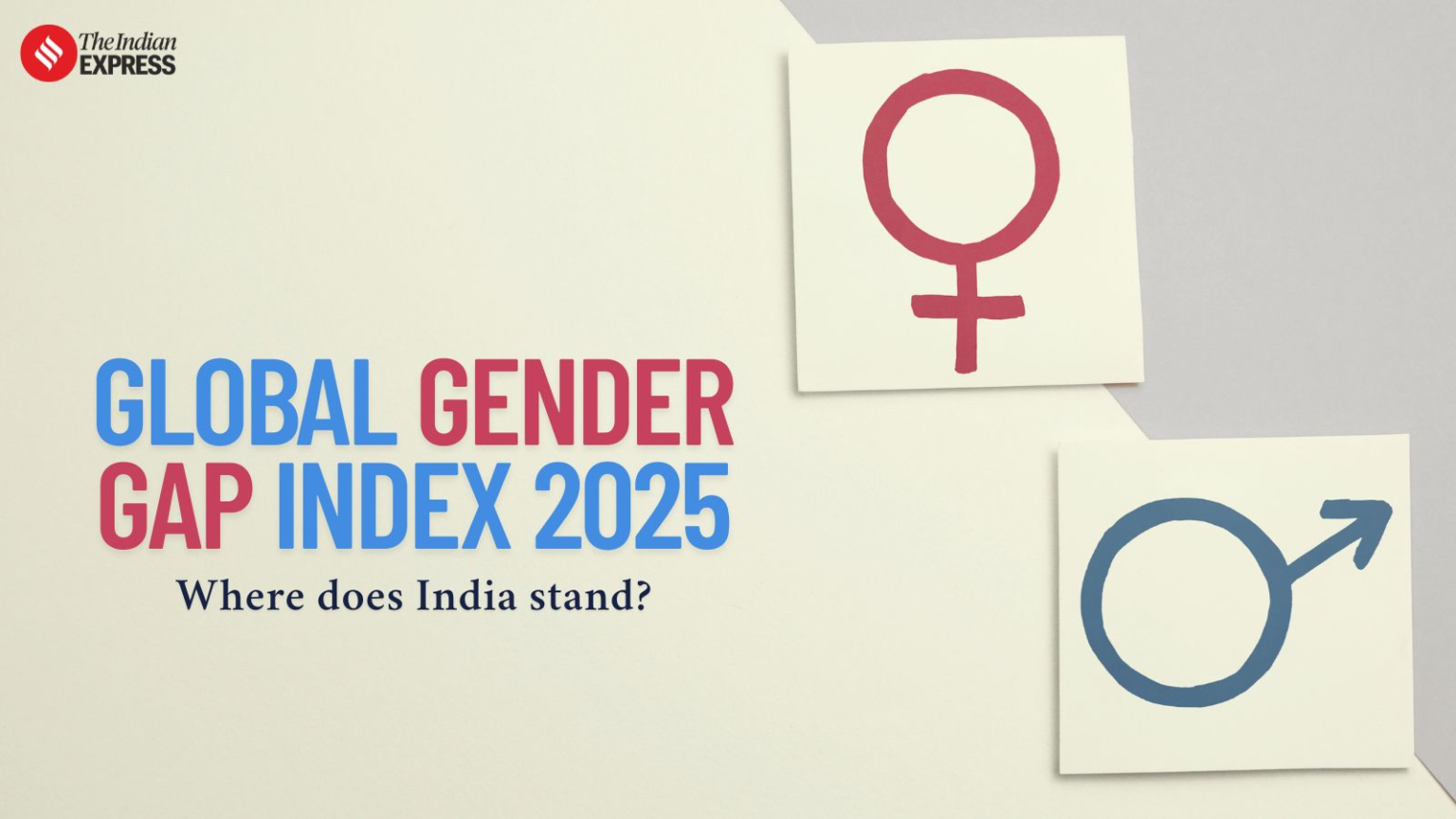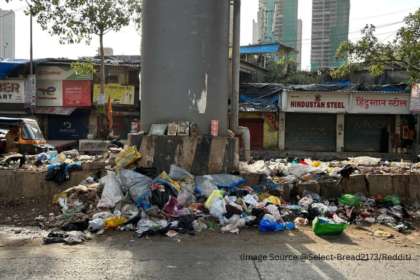WEF Global Gender Gap Index 2025: According to the WEF Global Gender Gap Report 2025, the global gender gap has marginally narrowed in 2025, from 68.4% in 2024 to 68.8% in 2025, in 148 economies that were surveyed. However, the overall pace still lags behind pre-pandemic trends.
 Global Gender Gap 2025 progress is mostly driven by improvements in Political Empowerment (0.7 percentage points, from 22.5% to 23.2%) and Economic Participation and Opportunity (0.4 percentage points, from 60.3% to 60.7%).
Global Gender Gap 2025 progress is mostly driven by improvements in Political Empowerment (0.7 percentage points, from 22.5% to 23.2%) and Economic Participation and Opportunity (0.4 percentage points, from 60.3% to 60.7%).
Global Gender Gap Index 2025: Top 10 best and worst countries for gender parity
At the aggregate level, high-income economies have closed 74.3% of their gender gap, slightly higher than the averages recorded in lower-income groups; however, the best performers in the three lower-income categories have narrowed a larger percentage of their gender disparities than more than half of the high-income countries.
Top 10 countries closing the gender gap in 2025
The top 10 economies in the Global Gender Gap Index 2025 have succeeded in minimising gender gaps by at least 80%.
Iceland retains the world’s most gender-equal economy for the 16th consecutive year, closing 92.6% of the gender gap – the only economy to reach 90% parity.
Top 10 countries widening the gender gap in 2025
The bottom 10 countries in the Global Gender Gap Index 2025—led by Pakistan, Sudan, Chad, and Iran—continue to show the widest gender disparities globally.
- Global Gender Gap Index 2025: Top 10 best and worst countries for gender parity
- Notably, Saudi Arabia, Mexico, Ecuador, Bangladesh, and Ethiopia have shown to be the most effective economies in overcoming gender inequalities across each income level. Story continues below this ad Top 10 countries closing the gender gap in 2025
- European countries account for eight of the top ten rankings; Iceland, Finland, Norway, and Sweden have all been in the top ten since 2006. Source: World Economic Forum – The Global Gender Gap Index 2025 Rankings Story continues below this ad Top 10 countries widening the gender gap in 2025
















